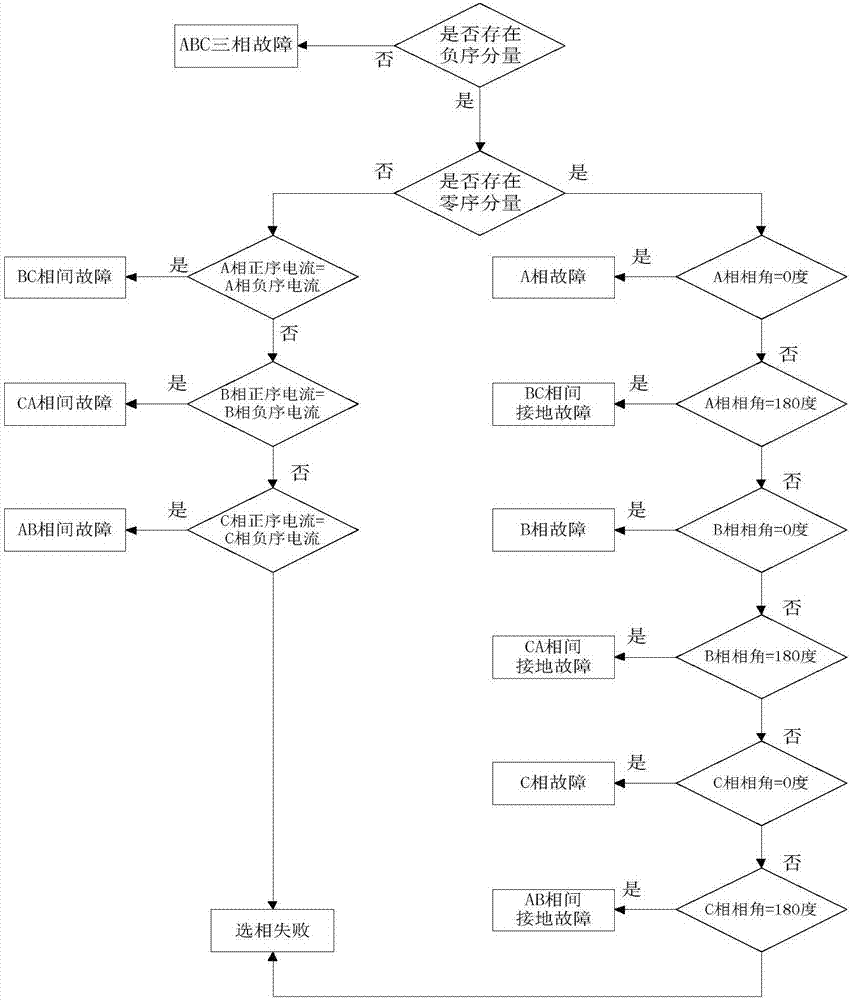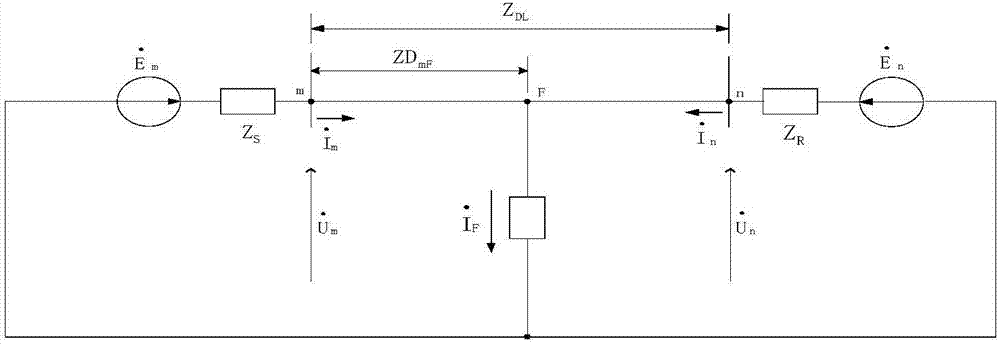On-line distance measurement method of protection fault information management system
A technology of management system and distance measurement method, which is applied to fault location, fault detection according to conductor type, etc., can solve the problem of low timeliness of fault recording data, and achieve the effect of improving timeliness
- Summary
- Abstract
- Description
- Claims
- Application Information
AI Technical Summary
Problems solved by technology
Method used
Image
Examples
Embodiment 1
[0024] Such as figure 1 As shown, an online ranging method for protecting the fault information management system includes the following steps:
[0025] S1. After the power grid fails, the faulty line is judged according to the remote signal displacement, SOE and protection action signals;
[0026] S2. Summon the wave recording files of the designated wave recorders of the bilateral plants and stations to which the faulty line belongs;
[0027] S3. Determine the specific fault moment and the corresponding fault equipment according to the phase current mutation recorded in the wave recording file, and further determine the three-phase voltage, zero-sequence voltage, three-phase current and zero-sequence current of the fault equipment, a total of 8 analog channels ;
[0028] S4. Apply differential Fourier series algorithm to calculate the three-phase voltage, zero-sequence voltage and three-phase current before and after the fault based on the determined fault time and 8 analo...
PUM
 Login to View More
Login to View More Abstract
Description
Claims
Application Information
 Login to View More
Login to View More - R&D
- Intellectual Property
- Life Sciences
- Materials
- Tech Scout
- Unparalleled Data Quality
- Higher Quality Content
- 60% Fewer Hallucinations
Browse by: Latest US Patents, China's latest patents, Technical Efficacy Thesaurus, Application Domain, Technology Topic, Popular Technical Reports.
© 2025 PatSnap. All rights reserved.Legal|Privacy policy|Modern Slavery Act Transparency Statement|Sitemap|About US| Contact US: help@patsnap.com



